Golden secrets of military collectors
Criminal story in Taganrog ended well: the offender was disarmed and handed over to law enforcement. What were the reasons for his action - difficult to explain. Most likely, the man could not stand the nerves because he had just arrived in the Rostov region from the city of Lysychansk, where the fighting was going on. “I was going to fight,” he told investigators leading the case.
The military collection, most of the exhibits of which consist of active weapons, was shown by private collectors Vyacheslav Popov in the local history museum at the exhibition of weapons of the First and Second World Wars before the outbreak of fighting in the Ukrainian city of Donetsk. From 2003, he collected an impressive arsenal: around 300 pistols, machine guns and machine guns, as well as two hundred items of army ammunition - helmets, drums, flasks and buckles on belts. The German machine gun MG.34 cost the collector 10 thousands of euros.
Military collecting is a difficult and dangerous business. But some collectors have an overwhelming desire to show their values to a wide range of admirers because the path of the collector is thorny, complicated, and so you want to show your treasures to other people at the end of this path so that they, together with the collector, once again admire the attractive secret military weapons. In addition to silver and gold, doing military collecting brings with it an inexplicable satisfaction: it is a touch to the present. After all, surrogate remakes cannot convey the distant echo of war eras.
Typically, collections begin spontaneously - childhood memories of military motorcycles, cars haunt. Then, having come to their senses, collectors try to form thematic collections based on the technical features of the weapon (caliber, loading system, magazine system, bolt system, barrel length, sight, engraving, carving on the buttstock, trigger mechanism). The main topic may be the purpose of the use of weapons (hunting, civil, military, sports, ceremonial, donation, masterpieces, weapons of crime) or there is a link to the manufacturing company (Beretta, Walther, Sauer & Sohn, Erma, Mauser, Ferlacher Hersteller, Colt , Remington, Winchester). Also, collections are collected with reference to the region of use of the weapon or to the region where it was produced.
In Russia, the so-called epochal collections that reflect World War II have become widespread.
The private collector Leonid Shadimov from the city of Troitsk has more than 2000 with more than the exhibits of the Soviet army, the troops of Germany, Finland, Czechoslovakia and other countries. The price of some rare things comes to 300 thousand rubles.
To get a working model to the collection is a great success. In the distant villages in the Tver, Vladimir, Arkhangelsk regions there are still motorcycle tires (“mad stools”), used both during the Second World War and in the post-war period. Such a copy for 30 thousand rubles managed to buy Mikhail Simachev, system architect of the company "EDF".
The richest private collection of military uniforms and equipment was assembled for five years in Belarus by Alexei Tikunov when he was first deputy head of the Pinsk border detachment. Becoming the head of the Polotsk border detachment, the collector continued his painstaking work. In one of his interviews, he told about his collection: “I can’t name the exact number of exhibits. The oldest exhibit is the cuirassier of a soldier of the royal army 1898 of the year. But the basis of the collection is the uniform and equipment of soldiers from different armies of the first half of the 20th century. For example, the uniform of the Soviet The border guard of the 1931 model of the year with pouches, belts. As you can see, the quality of the uniform is better than for the army, even the button color was different. Since the border guards always wore boots, the pants for them were sewn in breeches. There are elements of Red Army gear The 1936 model of the year was a helmet, a greatcoat. By the way, these overcoats were American. They were received from the USA, cut off shoulder straps and buttons, and sewed on Soviet ones. There are samples of Budyonnovka in which soldiers fought in the Civil and Finnish Wars. In the meeting there was a place for the first gas masks, including the German one from the dog's skin, which was used in the First World War. There are in the collection and the original maps of the Great Patriotic War, with an indication of the warring armies, their movement, an indication of losses. There is a map of the year 1945, on which Bialystok is still part of the Soviet Union. "
This collection is truly priceless.
However, individually, things can bring good dividends. Early leather headset tank subdivisions of RKK in full completeness with headphones from Membra now costs 30 rubles. Winter leather leggings (the top of the gloves is a fur animal, the lining of the cuffs is squirrel), intended for pilots of high-altitude, arctic and sea aviation RKKA - 8 000 rubles. The uniform field equipment of the commanding staff of the RKKA model of 1932 is shoulder straps, a whistle cover, a belt, a holster for a TT pistol. There are duplicate hallmarks on a belt, holster and straps: K / Z MARXIST (leather factory Marxist). All this costs 24 rubles.
Often museums are born from private collections. In the Rostov region there are two private military history museums: May 6. 2010 opened the Taganrog Military History Museum (250 sq.m.). It is a classic example of a museum: an exposition room. A significant part of the exhibition consists of cars, armored and motor vehicles of the pre-war and military period. The gem of the exhibition is the famous lorry GAZ-AA 1935 of the year, which is now being restored. A curious detail: there were “half-shields” working from wood: the gas generator modification GAZ-42 worked where there was no gasoline at all, but its use was extremely dangerous for fire. So Taganrog restorers will make the usual model of a car that runs on conventional fuel.
Also in the collection are the BA-64 (1943) armored car, the GAZ-67 army jeep (bought from the writer driver Mikhail Sholokhov), the best pre-war army motorcycle TIZ-AM-600 (1 rings 4Т, 600 cm3, XXUMXТ, 16,5 cm1936, xXXX, 1941, 65, XNUMX, XNUMX, XNUMX, XNUMX, XNUMX, XNUMX, XNUMX, XNUMX, XNUMX, XNUMX, XNUMX (XNUMX) ), produced from XNUMX to XNUMX year at Taganrog tool factory №XNUMX them. Stalin. A special place in the exhibition is given to military relics of World War II. Here are a large number of samples of weapons, ammunition, items of front-line life, presents trophy equipment, weapons and other items of defeated fascist Germany.
Ivan Strelyaev, the director of the “Donskoy Military History Museum,” located in the Nedvigovka farm, went the other way. The exposition includes an open area where mass-dimensional models of tanks of the Second World War and automotive vehicles are displayed. In the covered hangars are models of guns and MMG small arms. Total - about 50 units of equipment, 30, of which - on the go. Interactive sites are being built on two hectares, where real-time weapons will be displayed, starting with Ancient Rome and ending with the war in Afghanistan.
In the meantime, the mobile collection of military automotive equipment takes part in various military-patriotic events. Already 7 of September of this year, the museum on wheels will go to the Crimean military-historical festival, which from 8 to 14 of September will be held in Sevastopol at Fedyukhiny heights.
The total investment in the "Don Military History Museum" is more than 100 million rubles.
However, the demonstration of the collections is the visible part of the iceberg. Find a military relic today - get involved in another detective story. According to the chief editor of the German military aircraft magazine Peter Plechacher, “spare parts can be found almost exclusively in Russia. And there one has to deal with conditions similar to mafia ones ”, which begin with a search and end with movement through customs.
Finding rare books is always a risk. The competition between search groups is high. According to Russian laws, in contrast to foreign countries, the excavation of ancient weapons of the period of world war is not prohibited. Therefore, numerous search teams are sent to the places of battles, occupations, and to the territory of activity of the partisan forces, which, in the event of luck, can make a good profit. For example, Daimler-Benz aircraft engine Me-109, DB 601 can bring about 50000 euros.
The big competition to the Russian searchers is rendered by the foreign collectors conducting excavations and sales of rare books in Russia and abroad. It is impossible to regulate the activities of search engines in any way - everything happens spontaneously, at the level of personal connections and special agreements. Often found a rarity passes from hand to hand several times.
Near Leningrad in the forest, a German of Polish origin, Machek Keszycki, found a rare specimen - the Focke-Wulf 190 fighter, costing roughly 650 000 - 700 000 marks. But it was not possible to take the plane abroad - the collector could not arrange all the documents necessary for customs for the export of the car: it was necessary to undergo historical and art examination in Rosokhrankultura. But more recently, Machek Keshycki found out that the plane was still taken abroad, now it is being reconstructed in England, and Paul Allen, co-founder of Microsoft, who plans to open a private aviation museum in Seattle, is the customer - acquisitions of cars of any year of construction began in Seattle any condition, as well as spare parts for them. But will Russian collectors be able to participate in this grand project?
Moving objects through customs is quite difficult. Collectors make unforgivable mistakes for them. In accordance with Art. 188, part 2 of the Criminal Code of the Russian Federation "Contraband": "Moving across the customs border of the Russian Federation .... strategically important raw materials or cultural values in respect of which special rules are established for moving across the customs border of the Russian Federation, if this act is committed in addition to or with concealment from customs control .... shall be punished with imprisonment from 3 to 7 years with a fine of up to one million rubles, or in the amount of wages or other income of the convicted person for a period of up to five years, or without it. "
It is also unsafe to joke with the swastika in Germany: the criminal code §86 StGB states that the distribution and circulation, accumulation, and the import and export of items with a swastika is prohibited.
Some people suffered the fate of the institution of the administrative case under the article "Smuggling of cultural property." Petersburg customs officers detained the parcel where the Hitler Youth knives (HJ-Fahrtenmesser-ny.) Were located. Zolinger Othello (Solingen Othello - him), costing from 5 000 to 7000 rubles. By the way, in the city of Solingen there is a German museum of blades (Deutsches Klingenmuseum).
They tried to send five books in the German language of the 50s, labor books of German specialists, photographs from the family archive, award ribbons, badges to the Komi Republic from Germany with an ordinary parcel (according to the declaration it should contain gift books for 1930 euros - aut.) as well as Nazi crosses. It is curious that in 1944, to obtain the German cross, a point system was developed: military personnel of the naval fleet received less points when clearing bombs of widespread modifications. Soldiers received high scores for defusing unknown bombs. Most of all among collectors, the German cross in silver is valued, with an approximate cost of up to 300 rubles, since they awarded only 000 people.
But sometimes Themis fails due to imperfect legislation. Several years ago, the Babushkinsky District Court of Moscow considered the case of 70-year-old participant of the Great Patriotic War, Marat Paray, accused of illegal storage (Art. 218 of the Criminal Code of the Russian Federation) of maritime Colt Navy (1851), revolver GalandM (1868), revolver " Smith and Wesson II sample "(1872 g.), Muzzle-charging and double-barreled pistol pistols, as well as the revolver of Yevgeny Lefoshe, the release of approximately 1850-1860 g. But the court examination recognized that the seized pistols are not suitable for shooting without additional devices, but mean are not op In the acquittal judgment, the court indicated that no one had fired from an antique weapon or even tried to bring it to a state fit for firing.
This case is one of many.
In addition to legal problems, private collectors face many difficulties of a different kind.
To give the presentation it is necessary to carry out the most difficult restoration work. Their cost is difficult to estimate: everything will depend on the degree of damage to objects, used materials, the need to search for scientific and technical documentation. More than 400 sheets of drawings (these are whole rolls of the 1,5х2 format of a meter) were required to be obtained from the branch of the Russian State Archive of Scientific and Technical Documentation (Samara) to restore the lorry in the Taganrog Museum. The restorers were lucky that they got the car in good condition: it was found in one of the small villages near Yaroslavl. The estimated cost of such technical documentation today is about 100 thousand rubles.
Collector Anatoly Astvatsaturov from the city of Bataysk (Rostov region) restored the legendary “lorry” GAZ M-1, riddled with bullets, found in a swamp not far from the village of Kamyshino. The engine of the car was also found intact on one of the private farmsteads - even oil was preserved in it. For him, the restorers of the Kremlin garage offered 200 thousand rubles, but the collector refused. He wanted to make a car. Together with the locksmiths of one of the Batay factories, he completely restored it. The most difficult was the work on the body. There were no drawings - the restorers made special patterns on the remaining details and cut out new elements. Then all parts were sewn by welding.
Working with metal requires great care. At 80 percent, all regenerative materials are toxic: many of them have a very long way of intoxication of the body - you can feel great, and then die after five days or a week. Work restorers gloves, goggles and a mask.
The main opponent of restorers is corrosion.
Corrosion can be prevented by both modern materials and the advice of ancient restorers, for example, beeswax. The wax should be without artificial impurities, natural, without stearin. And then the hardest part begins. One of the restorers said that in order to preserve the blade, a special composition needs to be prepared: add 10% turpentine to 69,5% wax: carbon tetrachloride is better, but it is very harmful. We must work in a gas mask and with good ventilation. Also 0,5% benzotriazole and 20% ethyl alcohol are added to the composition. The blade is coated with this compound at a temperature of + 85-90 °. You can heat up a regular hairdryer. Rag - better with gauze - remove excess wax. Then the object should cool down - at this time turpentine evaporates and a muddy film of wax appears on the blade. Then again with the help of a hair dryer, the blade warms up and needs to be polished again. If, after all these operations, the hand sticks to the surface, the heating and spreading should be repeated.
During the restoration must observe elementary standards. In 1964, the International Charter for the Conservation and Restoration of Monuments "Venetian Charter of Restorers" 33 a year after the pre-war Athens Charter (1931) indicated the path of civilized restoration; “Mankind every day more and more aware of the universal value of monuments, sees them as a common heritage and, in the face of future generations, recognizes joint responsibility for its preservation. It considers it its duty to transfer monuments in all the richness of their authenticity. Hence it is obvious that the principles it is necessary to be guided in the conservation and restoration of monuments, should be determined jointly and formulated internationally, taking into account the fact that each country itself em follow their use within their own culture and traditions. "
The 12 article states that "elements intended to replace the missing fragments must fit harmoniously into the whole and at the same time be so different from the genuine ones that the restoration does not falsify the historical and artistic documentary of the monument." The 13 article states: “additions can only be allowed if they leave intact all the remarkable parts of the building (in this case the item), its traditional surroundings, the balance of the composition, and the relationship with the environment.”
The path of the military collector is long and thorny. In foreign countries, private military collectors unite. The Minnesota Weapons Collectors Association of The Minnesota Weapons Collectors Association, created in 1954, is aimed not only to provide collectors with the opportunity to buy, sell and trade, but also to be a platform for social interaction and communication of all those who are interested in collecting weapons.
In Russia there are a few associations of military collectors at the regional level because collectors are very careful about their exhibits - “our business is quiet, it does not like noise”. In Soviet times, collectors of weapons, especially firearms, were subjected to constant persecution for a long time, as a result of which some of them "went underground", safely hid their collections, while others were arrested and their collections seized. Collectors' forums are by far the most common form of communication where private matters are discussed. At the federal level, there are no public organizations.
State archives are combined easier. It is planned to create a single archive of the Great Patriotic War, where all domestic and captured materials will be collected. The new archive is necessary for the documents to be in conditions that ensure their safety and at the same time use by interested parties. According to the head of the Federal Archival Agency, Andrei Artizov, new buildings are planned to be built by 2015.
Which way to go further - the collectors themselves must decide. If only it was only a peaceful way.
Famous military museums of the world:
Museums in Alsace
Historic weapons in the Castle Museum, Linz, Austria
Emden Armory
Military Museum in Delft, The Netherlands
Military Museum, the famous collection of weapons in Luttych (Liege)
The collection of weapons in the castle Heideckburg
The collection of weapons of the Museum of World History. Berman, Anniston, Alabama
Philadelphia Museum of Art, Weapons and Armor
The Bohmann Museum in Celle
Imperial City Museum Rothenburg
Rastatt Military History Museum
German Museum of Blades
Bavarian Military Museum in Ingolstadt
Dresden Armory
Coburg Castle Art Collections
Palace and Armory of the Museum of Art History, Vienna
Land Museum, Joanneum, Graz, Austria, Department of Land Arsenal
Hunting Museum, Landshut Castle in Utzenstorf, Switzerland
War Museum (Musée de l'armée), Paris
Royal Armories (Royal Armories), Leeds, England
The Wallace Collection, London
Victor & Albert Museum, London, England
Turin Royal Armory (Armeria Reale di Turin), Italy
Museum Stibbert, Florence, Italy
Arsenal Museum (Tøjhusmuseets), Copenhagen, Denmark
Metropolitan Museum, New York, USA (searchable in collections by keywords)
Cleveland Museum of Art, Ohio (The Cleveland Museum of Art), USA
Frazier Historical Arms Museum, USA
Tokyo National Museum, Japan
Military History Museum, St. Petersburg.
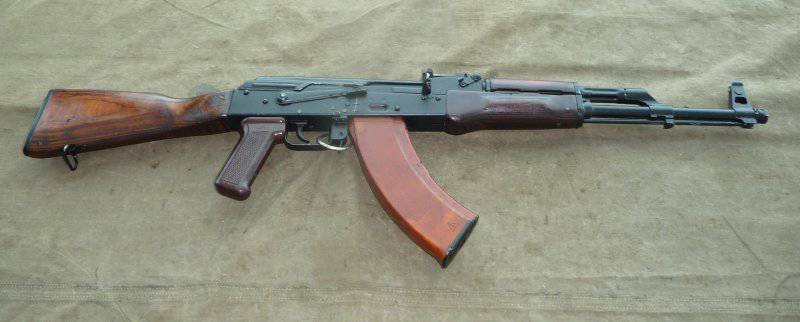
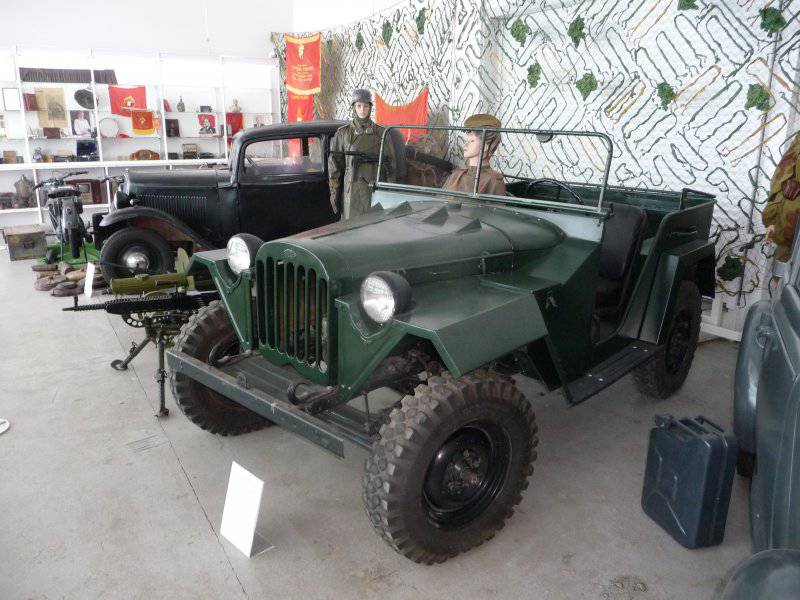
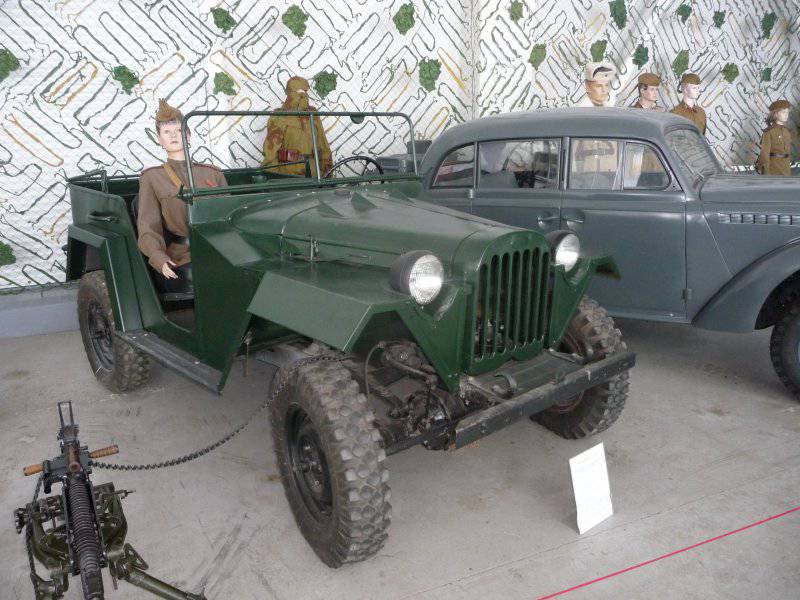
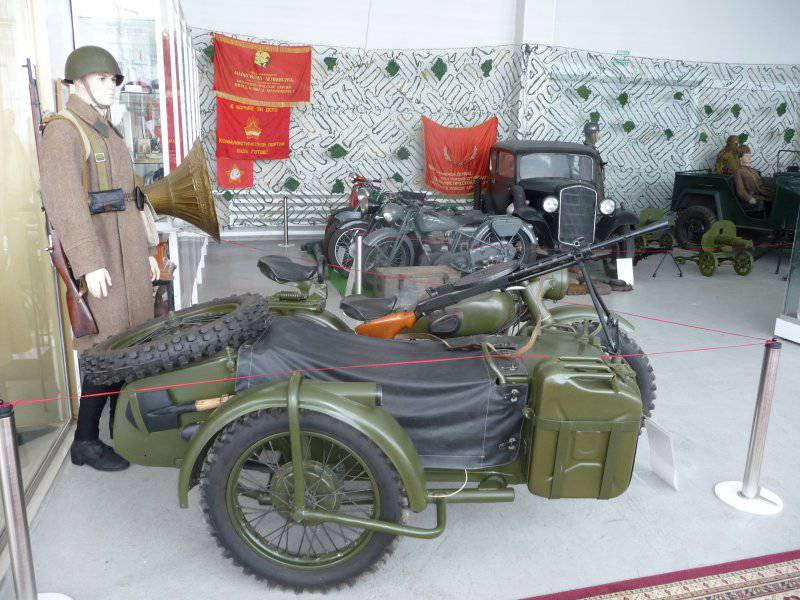
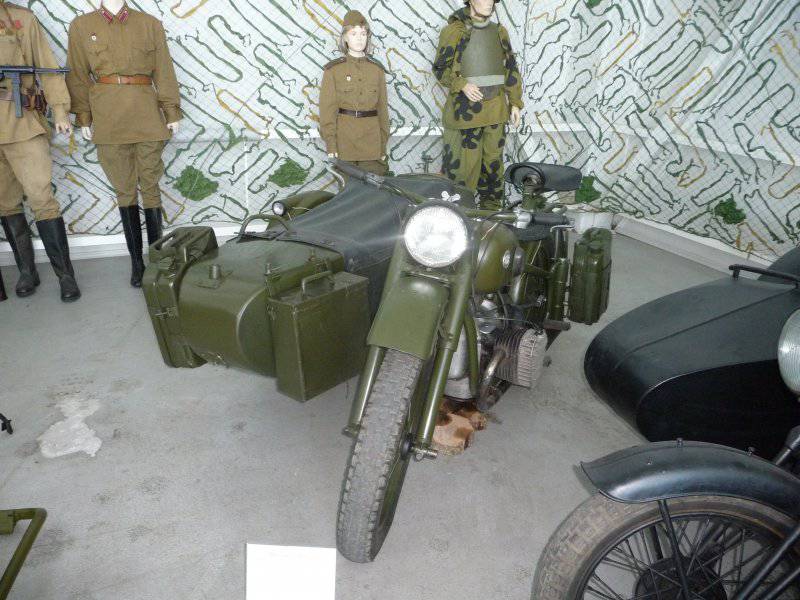
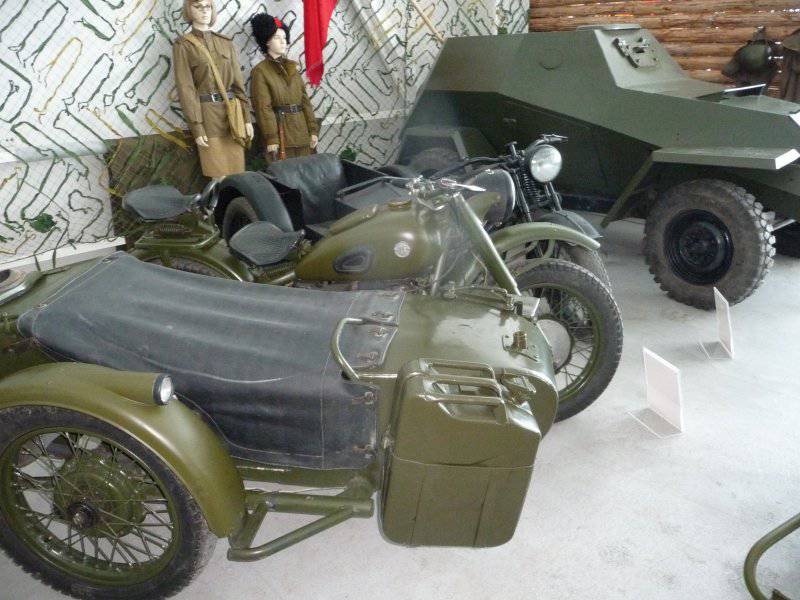
Information